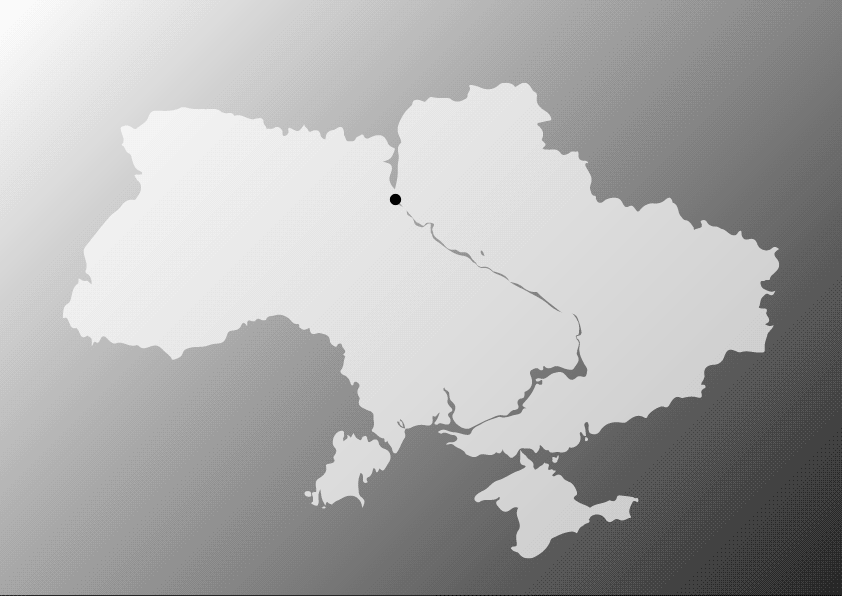Division
The war has cut off popular roads. To relatives, to friends but also to culture or doctors. Avdeevka used to be the suburb of the big city of Donetsk and people were used to going there. Younger people to cinemas, to theatres and to have fun, the older ones mostly to their doctors with their chronical diseases because in Avdeevka, they would be provided only basic medical treatment. It had been like this forever.

In 2014, everything changed. Avdeevka remained in the area controlled by the Ukrainian government, whereas Donetsk was taken by pro-Russian fighters. The front line crossed all the routes where people drove back and forth for many years. That does not mean though that commuting between the area controlled by the Ukrainian government and the separatists ceased forever. On the contrary. Although the front line has cut off the roads leading to the big city, the people keep going back and forth.
In the Eastern Ukraine, the pro-Russian separatists have pronounced two self-declared republics; Donetsk People’s Republic and Luhansk People’s Republic. Instead of crossings points, there are so called KPVVs (Control points of entries and departures). This is where people can cross to the other side. Only with necessary permissions, of course.
Number of KPVVs had changed during the war. At the beginning of 2020, there were five of them left along the 400 km-long border. Four of them border with Donetsk People’s Republic and only one with Luhansk People’s Republic. Every month, about one million people go through these border crossings.
What reasons do they have? Most often, they want to visit their family, friends and relatives. The second reason for crossing the border is money. The Ukrainian government still pays pensions to all citizens. And those who live in the area controlled by separatists are also regarded as citizens. However, these people do not have access to their money. For that reason, once in a while they set off to the area controlled by the government to withdraw the money from the closest ATM.
However, getting to the other side can be a problem, especially for the older ones. There are long queues at the border crossings, and in the summer heat, waiting can be even fatal for some. According to the Office for the Coordination of Humanitarian Affairs (OCHA), over 30 people died in 2019 because of problems at the crossings points.
